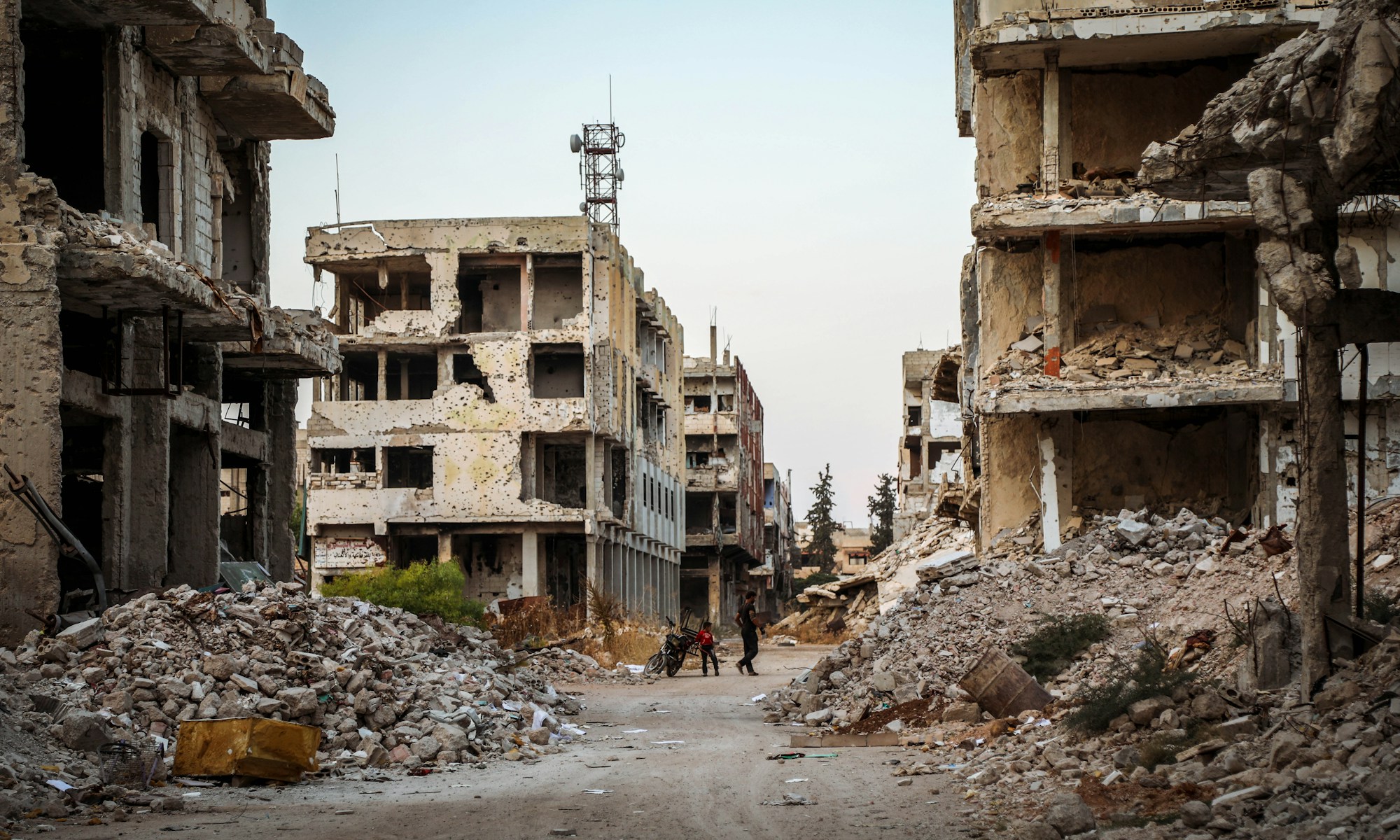8 February 2023 – by Willy Phillips
*As this is an ongoing story, another piece will be posted in the following week with updated information
Vulnerable buildings, a magnitude 7.8 earthquake and complicated relief efforts put millions at risk following the disaster in Syria and Turkey.
In the early hours of Monday, February 6th, a magnitude 7.8 earthquake hit southern/central Turkey and northern Syria, marking the region’s largest seismic event in over a century. By nightfall, destruction hung heavily over the region as a 7.5 magnitude aftershock struck. The epicenter appeared near Nurdagi city in the Turkish province of Gaziantep. As of February 8th, over 12,000 individuals have been pronounced dead. The geography of the region, combined with the lack of earthquake-proof infrastructure, has resulted in a devastating 72 hours.
Understanding “why” this event occurred requires knowledge of the tectonic plates below the impacted countries. Briefly, much of southern Turkey sits atop the Anatolian plate, and Syria atop the Arabian plate. The movement and collision of these plates within the Earth’s crust causes an energy build-up, eventually releasing seismic wave energy. These seismic waves are responsible for destroying roads, buildings, and livelihoods on the Earth’s surface over 17 km above. As roads collapse and building rubble grows, rescue operations struggle to provide life-saving relief.
Relief efforts have come under pressure in the last day. In addition to being overwhelmed by potential rescue efforts and severe fuel shortages, below-freezing temperatures have heightened anxieties around sites with possible survivors. Turkish President Tayyip Ergodan has entrusted over 20,000 soldiers and rescue personnel with relief efforts, but the damage has thus far outpaced their abilities. Moreover, an alleged focus on the ‘lives of the living’ has caused tensions between rescue workers and those who have lost loved ones in indiscriminate piles of rubble. Reportedly, efforts have since picked up in the hardest hit areas, but much work is still to be done.
The conflict between Syria and Turkey has further complicated relief provision as the two governments have yet to discuss cooperative solutions for aid. Additionally, a former advisor to the Syrian president, Dr. Bouthaina Shaaban, called out international relief efforts from the west. She stated, “It’s not humanity. It’s politics” when discussing contributions from the US and EU. While it is difficult to understand the nuances present, there is a certainty in that many people are still without essential resources. The charity Save the Children has been a significant player on the ground and has called for heightened international assistance, urging that “the window to get shelter, medical supplies, water and food to the worst affected areas…. is rapidly closing.”



